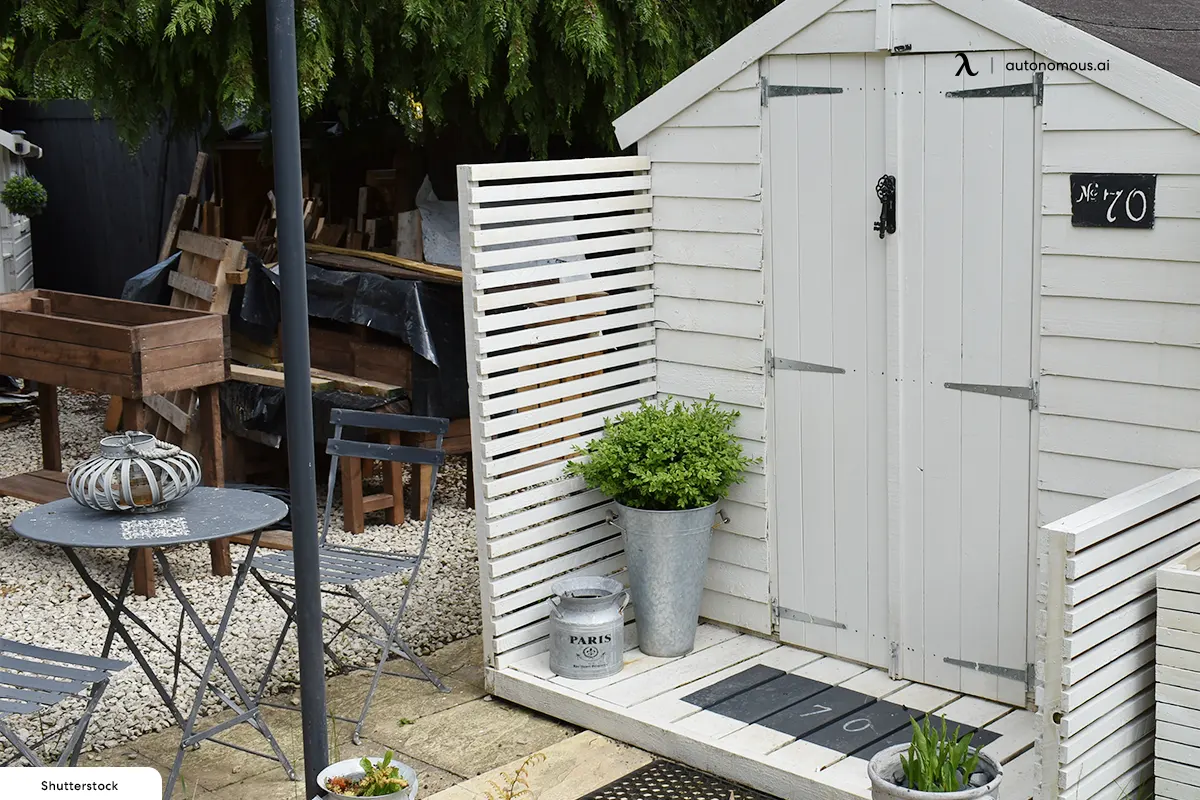
How to Remove Wood Formaldehyde in Your New Home Office Shed
You finally received a shipment of the brand-new workstation you had bought for your prefab accessory dwelling unit. Since then, it has entirely altered the appearance of your home office, and it has also significantly altered the smell of the entire office pod. With an extremely pungent smell permeating your home office, the odor is strikingly comparable to that of a brand-new automobile but over 100 times stronger. Your office tables and chairs release the smell of wood formaldehyde.
The containers of amphibians in biology class used to contain the same substance. Formaldehyde is made up of oxygen, carbon, as well as hydrogen. It is most frequently used in home items to create sealants and varnishes because of its strong, recognizable scent. As formaldehyde wood products can harm health, it's critical to ensure no one within your prefab studio shed is exposed when the substance is off-gassing.
What is Wood Formaldehyde?
A relatively prevalent indoor environment contaminant in backyard office kits is formaldehyde. Formaldehyde may be discovered in almost all houses and structures since it has many origins. High amounts of formaldehyde seem more likely to be found in formaldehyde-engineered wood floorings, prefabricated home offices, new homes, and newly renovated homes.
Due to the abundance of compressed wood materials like chipboard or plywood, these structures may contain more formaldehyde. Since pressed wooden products generate less formaldehyde with time, old houses often have lower formaldehyde levels in the air. Since much formaldehyde-emitting equipment is packed into a small area, formaldehyde emissions are often higher indoors than outside.
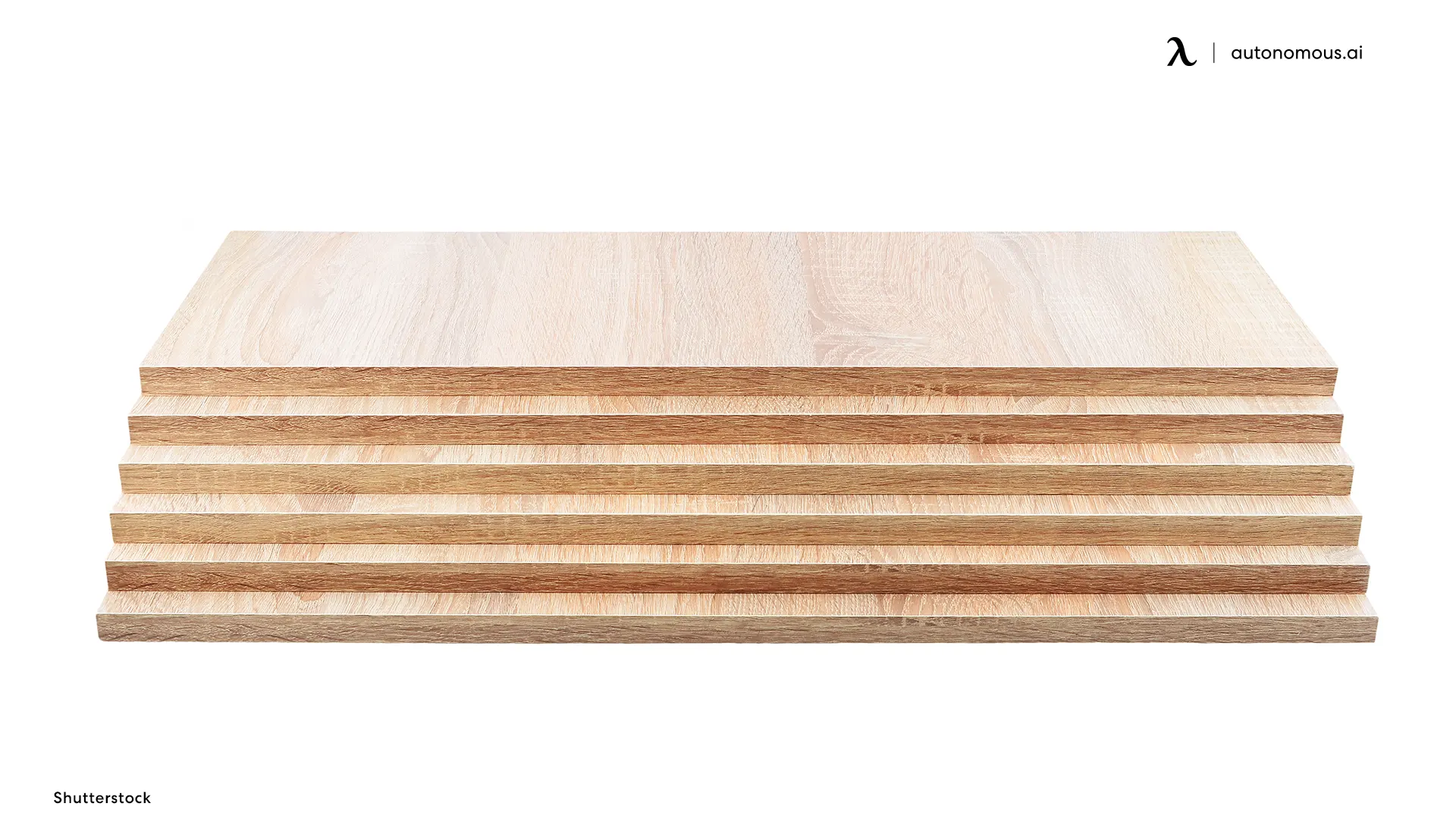
As a result, formaldehyde and other hazardous organic chemicals are known to be present in and released from wooden items you put in your home office sheds. Formaldehyde emissions from wood rise because it is processed into hardwood and other wood-based paneling. The wood-based processing method, which encompasses drying, compressing, and thermal-hydrolysis, must be held accountable for this elevated emission.
Why is Formaldehyde Used in Furniture?
Formaldehyde and other toxic substances that cause illnesses can take off-gas from new furniture pieces for months. Many formaldehyde wood furniture products today, including workplace desks, built-in cabinets, and baby furnishings, are contaminated with volatile chemical compounds (VOCs). In an outdoor office shed, especially one that is small and eco-friendly, furnishings off-gassing will build up and have negative health impacts, including migraines, rashes, and eye, nasal, and throat discomfort.
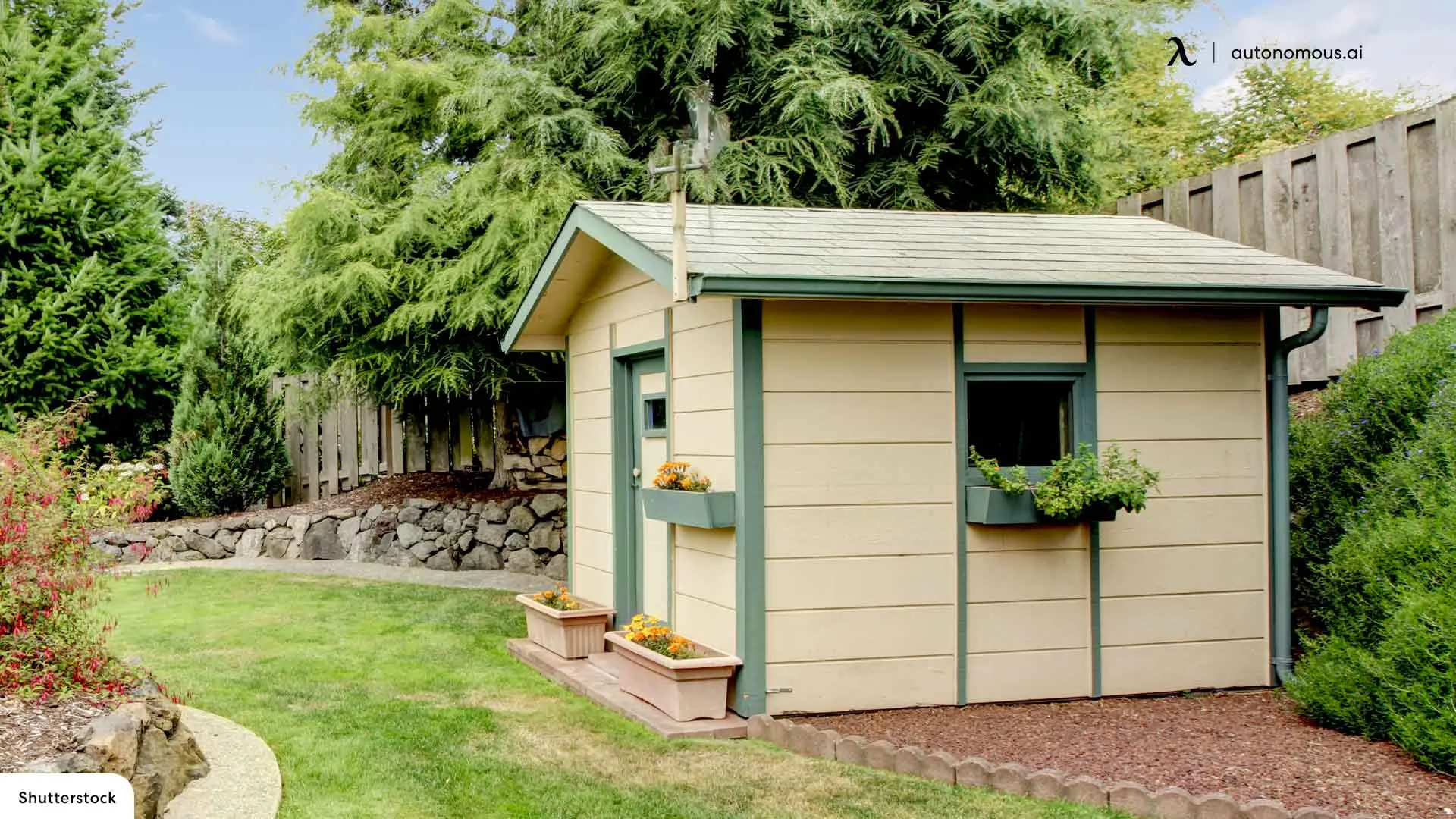
Off-gassing from formaldehyde furnishings is a significant issue. VOCs are released from goods containing them through a method named "off-gassing." Consequently, off-gassing may be more intense immediately after you buy and unpack the equipment from its container, and chemical reactions may happen more quickly owing to high temperatures. Formaldehyde is a preservative protecting wood tables that could be present in any item constructed of plywood, chipboard, or hard, solid wood because it produces resins that can work as adhesives for several wood types used to manufacture furniture for backyard office kits.
Is Furniture with Formaldehyde Dangerous?
Quantity is the key to understanding how wood formaldehyde, although having a bad reputation for being harmful, could still be found in many commonplace goods. Most individuals susceptible to moderate concentrations of formaldehyde found in household items such as wood standing desks don't suffer any significant health problems. Yet, more delicate individuals might not even be able to take those same modest amounts.
Your eyes, throat, and even skin can get irritated by formaldehyde. The underlying dangers of formaldehyde wood floorings are connected to extremely high quantities of the substance, which has also been connected to uncommon windpipe and nose malignancies in employees in various manufacturing sites, power plants, and other sectors.
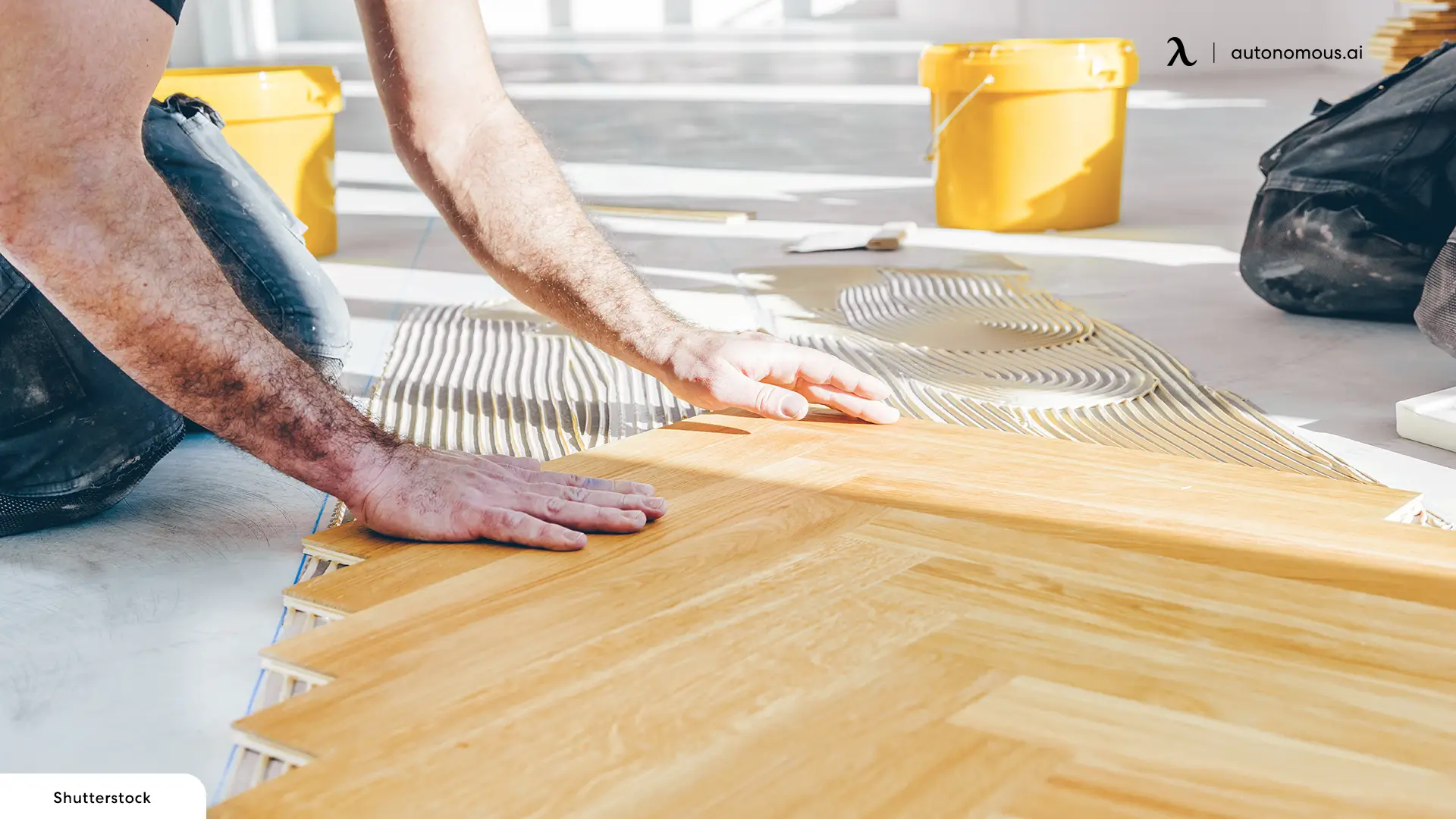
Many times, higher exposure levels may lead to certain malignancies. In other words, formaldehyde is a recognized potential carcinogen depending on adequate human and livestock inhalation research. Furthermore, there have been notable increases in fatalities from lung and oropharynx cancer due to excessive formaldehyde inhalation.
How to Get Rid of Formaldehyde Smell in Wood Furniture?
You should be able to get rid of smells from your recent furniture items using the following six techniques. But before we get into the steps, here are a few things you will require; an air purifier, charcoal, white vinegar, and baking soda.
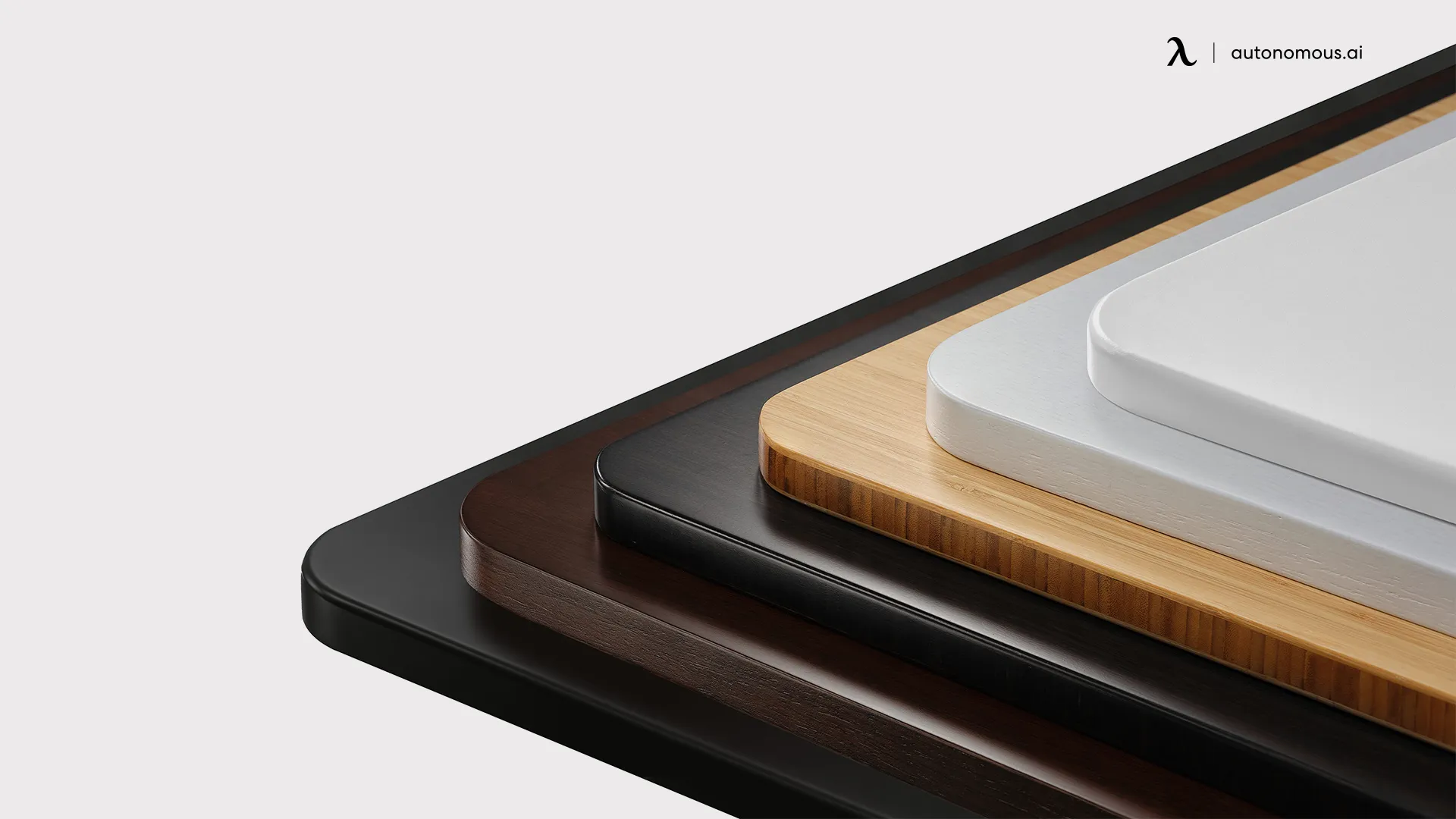
Step 1: Aerate your furnishings and space.
Setting your furniture outdoors is the best method to air it. The finest circumstances for airing your equipment are sunny days with a light wind. If it is impossible to move your hardwood furniture outside, enhance air circulation within the space by letting the windows open throughout the day to bring in lots of fresh air. If needed, carry on this process for a couple of days.
Step 2: Use charcoal to absorb the pungent smell.
The ability of charcoal to absorb VOCs has indeed been demonstrated to enhance the quality of indoor air. To get rid of scents, put some in a container or in your solid wood furniture. You should note that since air must be allowed to reach the charcoal, placing it in a bag that is entirely sealed is useless. According to legend, coffee grinds have a comparable impact.
Step 3: Use baking soda to deodorize.
Another method for soaking up VOCs is baking soda. Since baking soda is an alkali and many VOCs are acidic, this method works. Baking soda interacts with as well as bonds with the VOCs when they enter into touch.
Step 4: Use white vinegar diluted with water to deodorize.
If you wish to apply it on fabrics or furniture, you will need a sprayer. Naturally, this could merely substitute the scent of wood with vinegar, but then at least, it's healthy.
Step 5: Use an air purifier to eliminate the sharp smell.
VOCs can be eliminated from the atmosphere by several air purifiers. A VOC absorbent, including zeolite granules or activated charcoal filters, should be present in an air purifier.
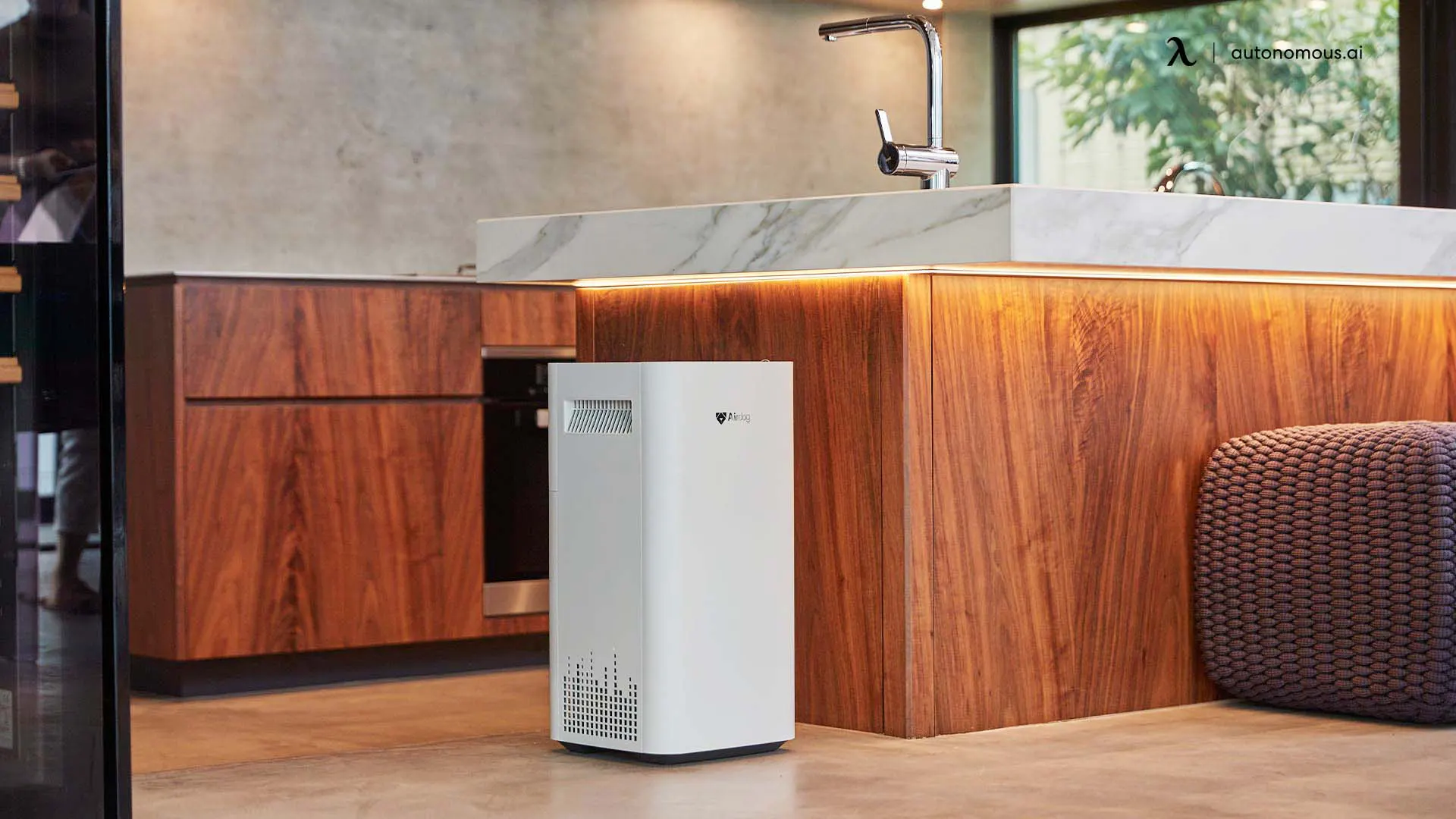
FAQs
Question: Does all furniture have wood formaldehyde?
Answer: Formaldehyde levels in freshly constructed or renovated dwellings don't reach typical household levels for roughly two years. However, increased temperatures and relative humidity may cause VOCs to release gasses more quickly.
Question: How long does formaldehyde last in furniture?
Answer: Formaldehyde concentrations are greater in freshly made wood items like flooring and furnishings. Some textiles may also contain formaldehyde.
Spread the word
.svg)







